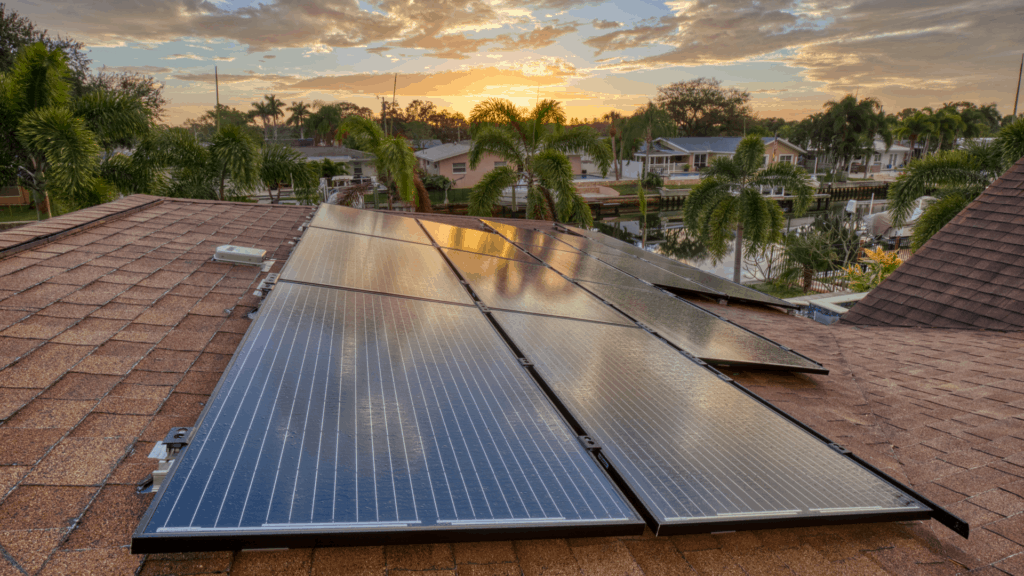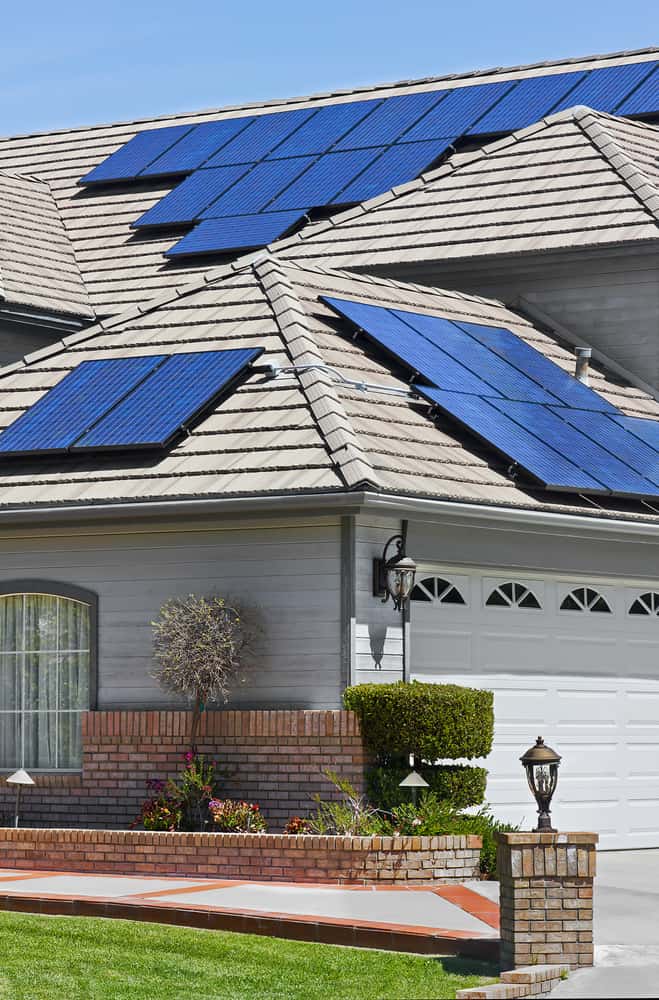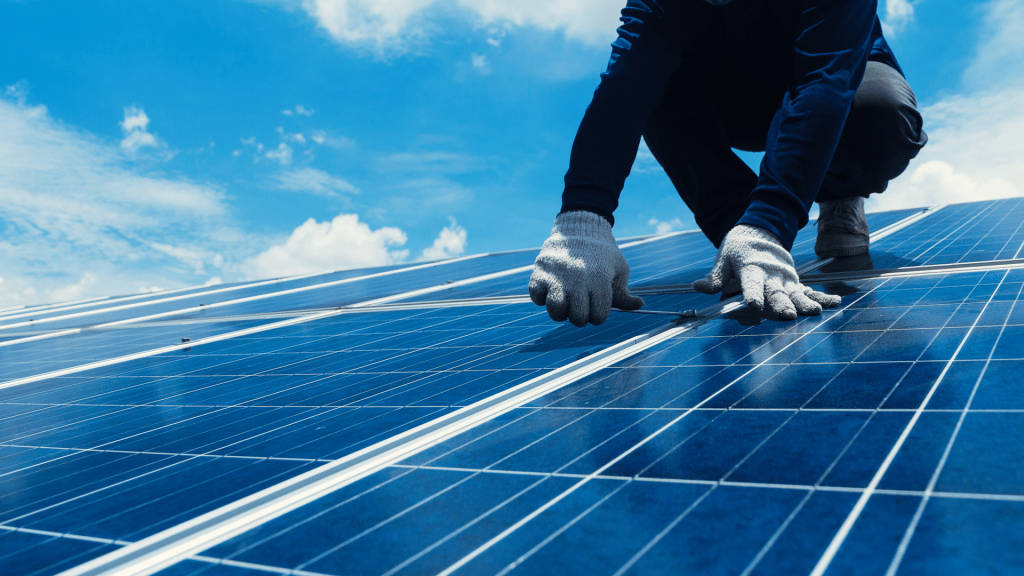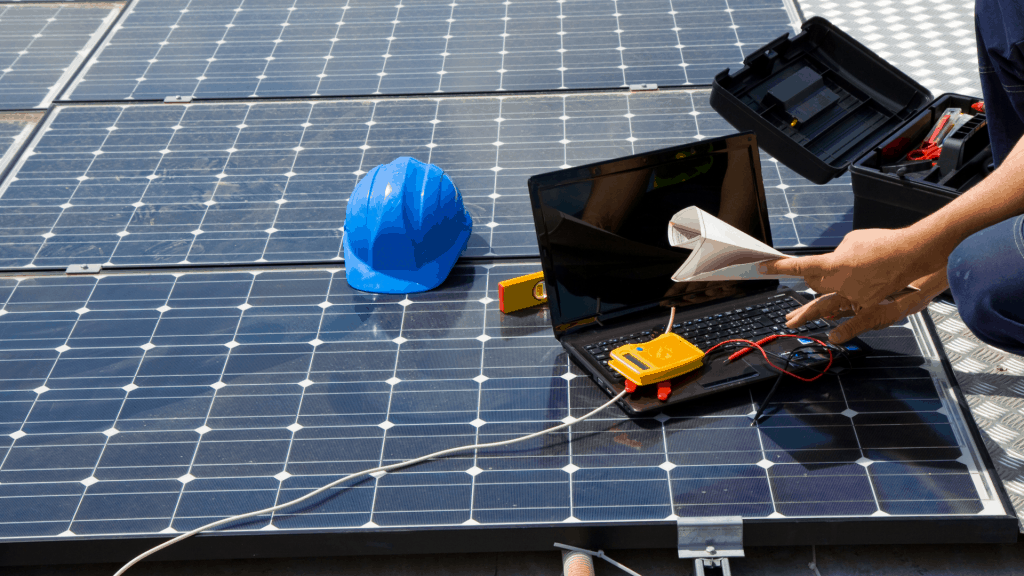Solar Energy Specialist Corp - Your Solar Panel Installation Experts
Unlock Your Energy Independence
The crew they use is very professional and fast. It took longer for KUA to allow me to switch on my panels then it did for them to install it. Water heater installation went smooth, and so did the HVAC installation. My only problem has been with the water softener treatment system I added on. No matter what I do, or techs Gary and Ron send over, the water flowing through the house is super salinized. I’ve read the manual and have done everything but open the darn thing. I will contact Ron and Gary to see if we can come to a final resolution with the water softener, which I am sure they will. They are great at making their customers happy
Don't be afraid to reach out to them for a quote or general information, they're all fantastic.
Solar Energy Specialist Corp: The Leader in Solar Energy Products
Solar Company in Florida & North Carolina
Who Are We at Solar Energy Specialist Corp?
With years of experience under our belt, Solar Energy Specialist Corp is the go-to for solar panel installation in the Orlando, FL area. We design and execute large-scale solar projects, aiming to make Florida a frontrunner in solar reliance. Our offerings range from home solar panel installation to solar HVAC services and energy-efficient lighting. As leaders of the solar revolution, we intend to extend our solar panel installation services to Arizona and North Carolina, moving America towards a solar-powered future.

Why Choose Solar Power?
Solar power is a wise choice for countless home and business owners across the country, delivering a slew of benefits. Here at Solar Energy Specialist Corp, we believe in the power of solar for your home or business in Orange County, FL. We’ve highlighted several compelling reasons for choosing solar panel installation that could positively impact your property and wallet.




Lower Your Power Bills with Solar Panel Installation
One of the standout benefits of solar panel installation is the potential for substantial savings on your energy bills. Installing a solar electricity system redefines your energy consumption, enabling net metering, and drastically reducing or even eradicating your electricity bill. This saving allows homeowners and businesses in Orange County, FL, to redistribute funds towards other beneficial areas.
Invest in Solar Panel Installation for Long-Term Returns
For businesses, a quick return on investment is paramount. Solar panel installation offers a promising return, with payback periods typically around 5 years, depending on the system's size and cost. This short payback period makes solar panel installation a lucrative and sensible investment for businesses.

Boost Your Property Value with Solar Panel Installation
Solar panel installation significantly enhances the market value of residential and commercial properties. The rising trend of solar adoption speaks volumes to potential buyers passionate about renewable energy and environmental preservation. Thus, solar panel installation can be a wise choice for property owners considering a future sale, as it boosts property value and slashes energy costs.
Affordable Solar Panel Installation with Solar Energy Specialist Corp
We at Solar Energy Specialist Corp strive to make solar panel installation affordable for everyone. Our finance team offers a range of flexible payment options with minimal upfront costs, helping countless home and business owners in Orange County, FL, and Orlando, FL, adopt solar solutions. Take advantage of our solar loans and financing options to begin your journey towards a sustainable, energy-efficient future today!
Trust Solar Energy Specialist Corp for Your Solar Panel Installation
At Solar Energy Specialist Corp, we advocate for solar energy adoption and prioritize customer satisfaction. From quality solar panel installation to reliable post-installation services, we stand by our commitment to help you achieve energy independence. Ready to harness the power of the sun? Contact us today and start your solar journey with the experts!

Support Green Energy with Solar Panel Installation

Switching to solar energy is not just a smart financial decision—it’s also a responsible choice for our planet. As a business operating in Orlando or Orange County, FL, adopting green energy can significantly elevate your brand. Solar panel installation with Solar Energy Specialist Corp enables you to become part of the growing renewable energy movement, appealing to environmentally conscious consumers and associates.
Solar Panel Installation that Pays for Itself
The investment in solar panel installation is a strategic move that pays for itself over time. Given the significant savings on electricity bills and the added property value, your solar panels will quickly cover their initial cost, then continue to provide cost-effective, clean energy for years to come.
Solar Energy Specialist Corp: Comprehensive Solar Solutions
Solar panel installation is just one of the ways we empower our customers to go solar. We also provide solar HVAC services, solar-powered pool heaters, and energy-efficient lighting solutions. Every service we provide is aimed at helping you reduce your carbon footprint while reaping the financial rewards of solar energy.
Ready to Go Solar? Contact Solar Energy Specialist Corp Today!
If you’re ready to embrace solar energy, reduce your energy costs, increase your property value, and join the renewable energy revolution, there’s no better time than now. Contact Solar Energy Specialist Corp for your solar panel installation and join the ranks of satisfied homeowners and businesses in Orange County, FL, and beyond. Begin your journey to energy independence today!



